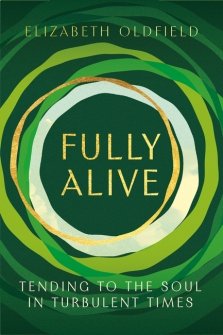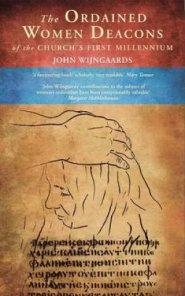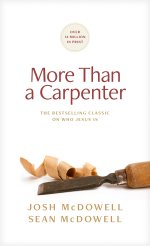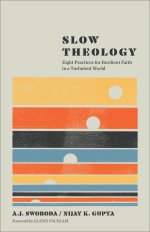I am not an academic but I was fascinated by the title of this book and wanted to know more.
John Wijngaards first published this book in 2002 as No Women in Holy Orders? and set out to disprove that statement. This new enlarged edition ‘presents fresh historical evidence of the sacramental ordination of women as deacons during the first nine centuries of the Christian church.’
A scholar would no doubt examine in great detail the evidence set out here, as an average reader I confess I did not read every word, but I did read more than I expected to. The author writes in a way that keeps you reading, the detailed descriptions of the very similar forms of the ordination rites taken from’ handwritten texts, usually copied on parchment, that are at present preserved in ancient libraries.’ have a strong resemblance with rites we are familiar with today.
Our knowledge of many individual women deacons is brought together here in profusion! They become wives, mothers and widows that we can relate to. Their faith and dedication is inspiring. Their duties are set out clearly in instructions to presiding bishops who had to oversee their lives and to the women, many of whom are remembered by their tombstones that tell of their lives and that the rich among them were generous benefactresses.
This book clearly shows that in past times men and women were considered equal in the eyes of the church and ordained in exactly the same words as we would recognise as ordination today.
Trustpilot












